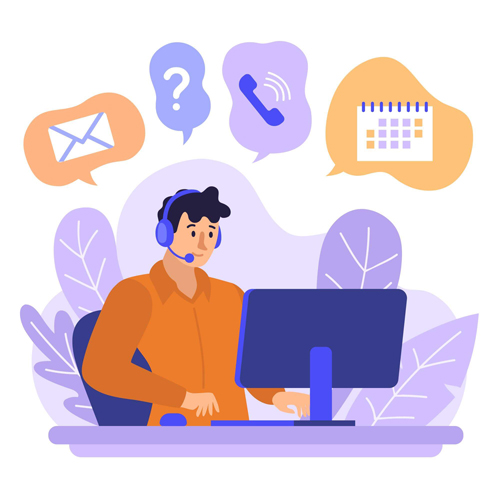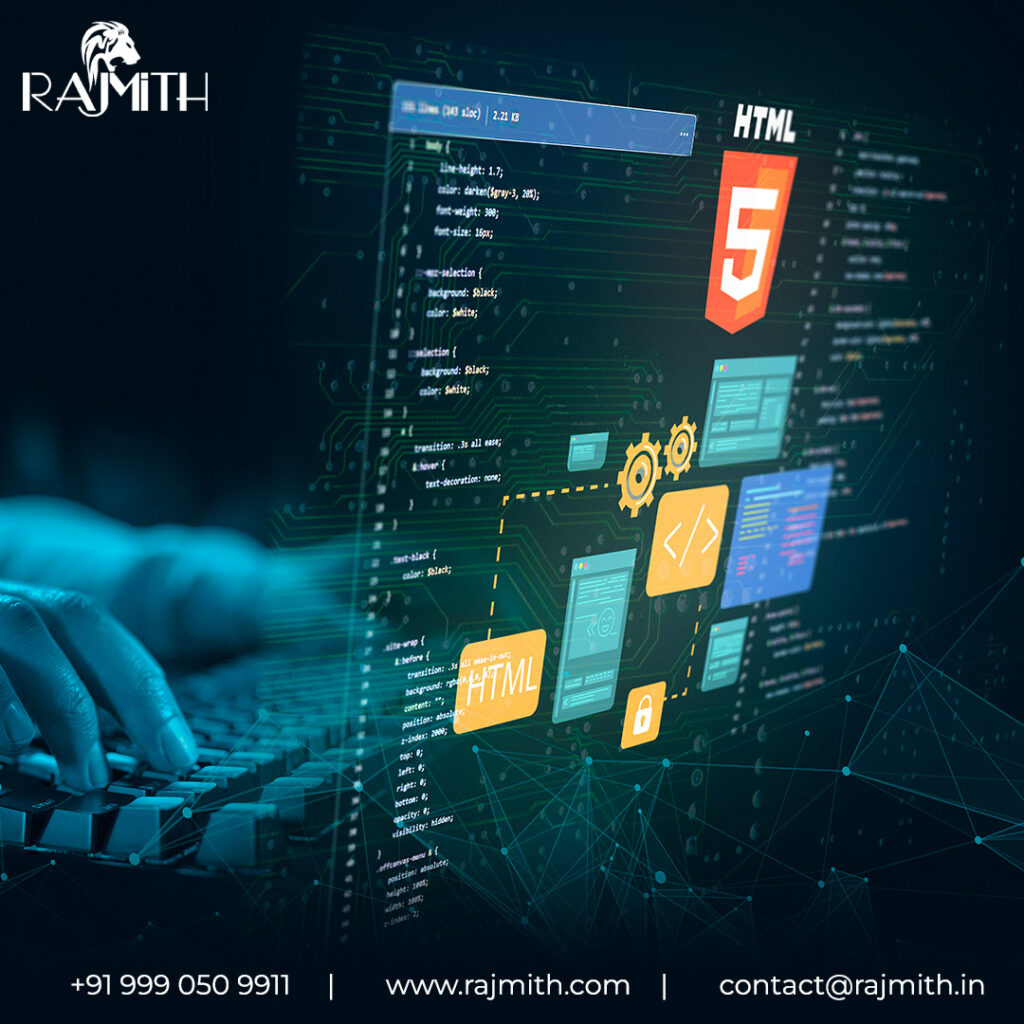In the evolving world of digital learning and development, the biggest challenge isn’t just delivering training—it’s ensuring that learning sticks. In a world where information is consumed rapidly and forgotten even faster, the success of a training initiative is defined not by what is taught, but by what is retained and applied.
Memory, it turns out, is not a passive warehouse of facts, but a dynamic system that can be strengthened through deliberate action. Two powerful tools that have emerged from cognitive science to enhance memory retention are retrieval practice and spaced repetition. When thoughtfully combined, especially within a microlearning framework, these tools can significantly transform the way people learn and retain knowledge.
While spaced repetition ensures that information is reviewed at optimal intervals to prevent forgetting, retrieval practice actively strengthens memory by requiring learners to pull information from their minds—again and again. The interplay between the two not only boosts long-term retention but also helps build confidence, competence, and capability.
Let’s explore how this powerful combination works, and why it has become the cornerstone of the most effective microlearning strategies today.
Retrieval Practice: The Science of Bringing Memory to Life
Most people assume that learning happens during the act of studying—reading, watching, or listening. However, cognitive science paints a different picture. Learning is actually solidified when we try to recall information—not just when we take it in.
This act of recalling or retrieving information from the brain is called retrieval practice. It can take many forms—quizzes, flashcards, simulations, gamified exercises, or simply being asked to write or explain something from memory. What matters is the effort of recalling the information. Every time a learner attempts to retrieve information, the neural pathways related to that knowledge become stronger. This process doesn’t just reinforce memory; it actually modifies the memory trace, making future recall faster and easier.
Think of it like walking through a forest. The more you walk the same path, the clearer it becomes. Retrieval practice works the same way. Each time a learner retrieves a concept or fact, the brain’s path to that piece of knowledge becomes more defined, efficient, and permanent.
What’s fascinating is that retrieval is more effective than re-studying. Several studies have shown that students who engage in repeated testing retain information significantly better than those who re-read material multiple times. This goes against the traditional notion that reviewing the same content over and over is the best way to remember. In reality, the struggle of recall is what creates the learning.
And this isn’t just academic. In the workplace, the benefits of retrieval practice are immense. Employees who regularly engage in recall-based learning are more likely to remember safety protocols, compliance procedures, customer service scripts, and product details—long after the initial training is over.
Microlearning platforms like MaxLearn have embraced this concept by integrating retrieval opportunities into daily learning tasks. Whether it’s a quick quiz, a short sim, or a gamified scenario, every recall event serves to deepen knowledge and boost retention.
Retrieval practice, then, is not just a tool—it’s a memory amplifier.
Spaced Repetition: Reinforcement That Fights Forgetting
While retrieval practice strengthens memory, spaced repetition ensures that knowledge doesn’t fade away. This method is based on another key insight from psychology—people forget what they learn over time, unless the information is reinforced.
This is what Hermann Ebbinghaus identified in the late 1800s with his discovery of the forgetting curve. His research showed that memory decays rapidly unless reviewed at increasing intervals. Spaced repetition works by presenting learning material repeatedly, but at the right intervals—just as a person is about to forget it. This timing is crucial because when recall is effortful, the learning impact is greater.
In the age of information overload, spaced repetition provides an elegant solution to a complex problem: it makes sure that important knowledge resurfaces in the learner’s mind again and again, before it slips away.
Microlearning, with its short, digestible content pieces and flexible delivery model, is perfectly suited for spaced repetition. Instead of overwhelming the learner with a huge information dump, microlearning allows for precise, timely reinforcement of key learning points. Lessons can be spaced out intelligently over days or weeks, following the natural rhythm of memory decay and renewal.
Platforms like MaxLearn use sophisticated algorithms to track each learner’s progress and schedule review sessions accordingly. This personalization ensures that no one gets the same one-size-fits-all program. Instead, each learner receives reminders and micro-assessments based on their individual forgetting patterns, which leads to better results and stronger training ROI.
Importantly, spaced repetition provides a low-friction learning experience. Learners don’t need to commit to long study sessions—they just need a few focused minutes at regular intervals. This fits seamlessly into their workflow, making learning continuous and sustainable.
By preventing knowledge erosion and keeping concepts fresh, spaced repetition helps organizations build a workforce that is not only trained but consistently sharp and job-ready.
Why Microlearning is the Ideal Vehicle for Retrieval and Repetition
Microlearning is more than a buzzword—it’s a paradigm shift in how we think about corporate training and education. It breaks down complex topics into small, actionable units of learning that are easier to consume, process, and retain.
But microlearning on its own is not a magic bullet. Its true power is unlocked when it is combined with retrieval practice and spaced repetition. These cognitive strategies transform microlearning from convenient content delivery to a brain-based method of knowledge construction.
Here’s how microlearning brings it all together:
- Bite-sized format: Small learning nuggets reduce cognitive load, allowing the brain to focus fully on one concept at a time. This creates the perfect setting for targeted retrieval.
- Frequent assessments: Quizzes, games, and short challenges embedded within microlearning modules provide ample opportunities for retrieval practice.
- Smart scheduling: Microlearning platforms can automate the timing of content delivery, making it easy to implement spaced repetition without requiring manual tracking.
- On-the-go accessibility: Learners can engage with microlearning on mobile devices, enabling reinforcement and recall to happen anytime, anywhere.
- Personalization: Intelligent learning platforms analyze performance data and tailor content and timing to each learner’s needs, boosting both engagement and outcomes.
When retrieval and repetition are woven into a microlearning journey, the result is a learning experience that is active, adaptive, and aligned with how the brain works. It’s not just efficient—it’s transformational.
This is especially valuable in high-stakes environments where forgetting isn’t just inconvenient—it’s dangerous or costly. Healthcare, manufacturing, finance, and compliance-heavy industries benefit enormously from a training strategy that ensures the right knowledge is available when it matters most.
The MaxLearn platform exemplifies this synergy beautifully. With features that support retrieval-driven learning and spaced delivery of content, it not only makes training effective but also makes learning sticky, enjoyable, and sustainable.
Learning that sticks is the key to high performance. And learning that sticks doesn’t happen by chance—it happens by design.
Conclusion
The human brain is remarkably capable, but it needs the right conditions to build and retain knowledge. Retrieval practice and spaced repetition offer those conditions—and when combined within the structure of microlearning, they produce powerful results.
Training that once felt like a checkbox activity becomes meaningful. Learning that was once temporary becomes permanent. And a workforce that once needed constant reminders becomes independently capable and confident.
Organizations that embrace this science-backed approach aren’t just improving training outcomes—they’re building a culture of continuous learning, high performance, and innovation.
MaxLearn brings all of this to life by seamlessly integrating retrieval practice and spaced repetition into its microlearning platform. The result? A smarter way to train, a stronger return on investment, and a workforce equipped with knowledge that lasts.
If you’re looking to elevate your training outcomes, it’s time to stop relying on passive learning and start building memory that sticks—with microlearning, retrieval, and repetition at the core.

